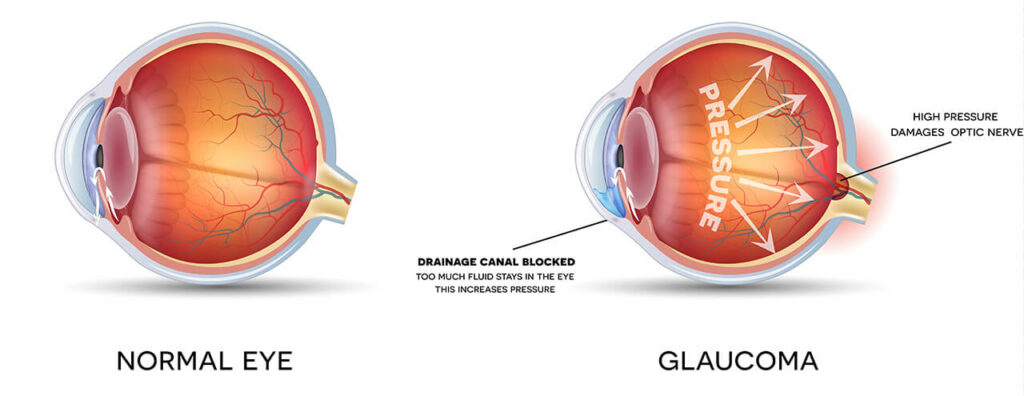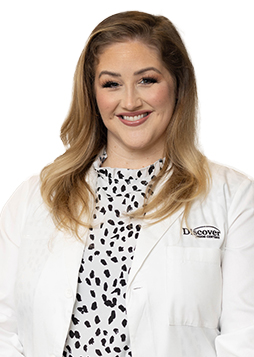Glaucoma
What Is Glaucoma?
Glaucoma is a medical eye condition where the optic nerve is damaged over time, resulting in vision loss. The optic nerve is responsible for sending visual information from the eye to the brain.
Patients with glaucoma generally have poor drainage of fluid (aqueous humor) within the eye. Fluid builds up, raising the pressure within the eye. The result is damage to the optic nerve.
Glaucoma will often affect one eye more severely than the other. Most people do not notice symptoms until vision begins to digress. The result is a slow and gradual loss of vision, which may lead to blindness.
GET A CONSULTATION
How Common Is Glaucoma?
Approximately 2.7 million people in the US have glaucoma, or around 1.9% of the population over the age of 40. It is the 4th most common cause of vision impairment in the US, behind cataract, macular degeneration, and diabetic eye disease.
Types of Glaucoma
Open Angle Glaucoma
Open angle is the most common type of glaucoma. Eye pressure builds up gradually, typically over the course of months or years. Vision loss is generally slow, painless, and difficult for the patient to notice at first.
What are the risk factors for open angle glaucoma?
- Age greater than 60 years old
- One or more family members with glaucoma
- African-American ancestry
- Long term use of steroid medications, particularly oral steroids
- Prior trauma to the eye
Angle-Closure Glaucoma
Angle-closure glaucoma, also known as narrow angle glaucoma, occurs when the drain in the eye is suddenly blocked by the colored part of the eye (iris), causing a rapid rise in eye pressure. This process is often painful and causes a noticeable decrease in vision. People with narrow drainage angles are at greatest risk for developing this condition.
New onset angle closure glaucoma is a medical emergency and requires prompt evaluation by an eye doctor.
What Is Done to Treat Glaucoma?
Damage to vision from glaucoma cannot be medically repaired or reversed. Treatments exist to lower the pressure in the eye to protect the eye from developing new damage. These treatments include:
- Eye Drops
- Laser Treatments
- Surgery to open the natural drain (trabecular meshwork) in the eye
- Surgery to build a new drain in the eye
- Discover Vision doctors are committed to providing the latest glaucoma treatment methods available, including the SLT™ Laser (Selective Laser Trabeculoplasty).
Although glaucoma cannot be cured, early detection and treatment can help to preserve vision. If you are at increased risk for developing glaucoma, have your eyes examined every year. Glaucoma care includes regular eye exams to monitor eye pressure and to check for new damage to the optic nerve.
Additional Information and Resources








